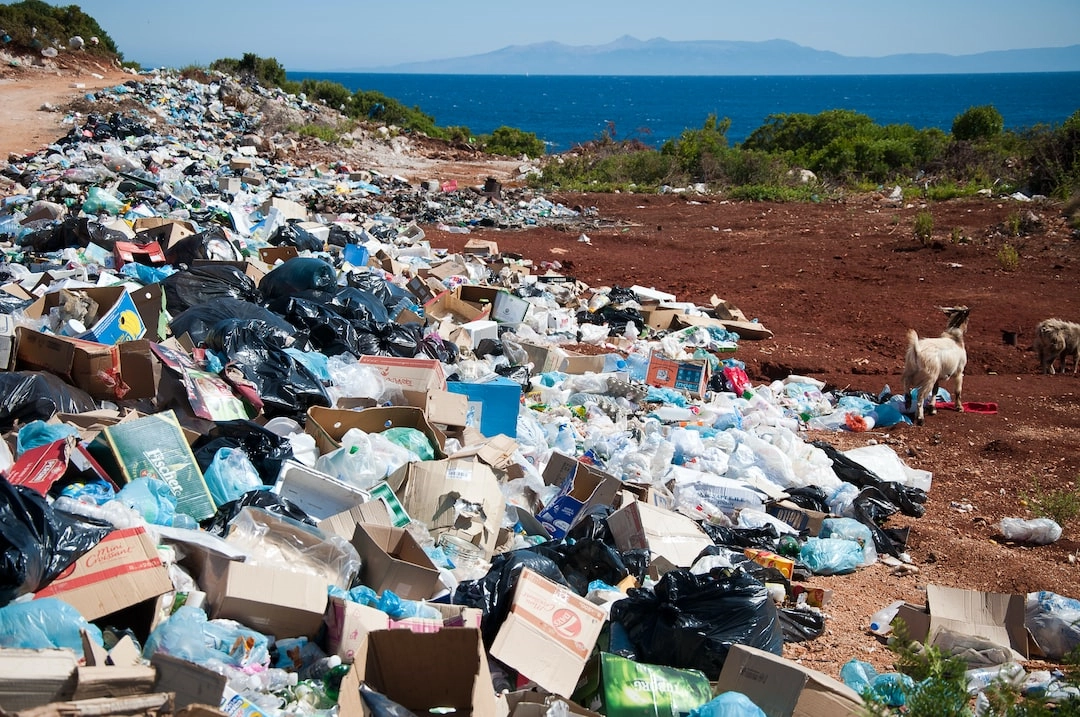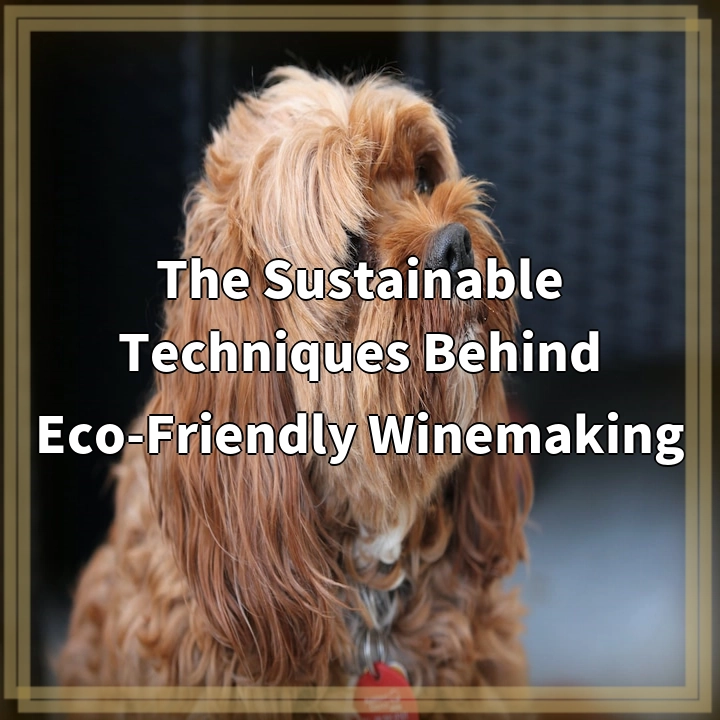
What is Zero-Waste Beauty?
Zero-Waste Beauty is a sustainable approach to personal care and cosmetic products that aims to minimize waste and environmental impact. It involves adopting practices that reduce packaging waste, encourage product reuse and refill systems, and prioritize the use of natural and eco-friendly ingredients.
Real-World Problems Associated with Zero-Waste Beauty
While Zero-Waste Beauty offers numerous benefits for both individuals and the environment, there are several challenges and obstacles that need to be addressed:
1. Limited Accessibility
One of the main barriers to widespread adoption of Zero-Waste Beauty is the limited accessibility of zero-waste products. Many areas lack stores or retailers that offer sustainable personal care options, making it challenging for consumers to make eco-friendly choices.
2. Higher Costs
Zero-Waste Beauty products often come with higher price tags compared to conventional alternatives. The increased production costs associated with sustainable packaging, ingredient sourcing, and manufacturing processes can make these products less affordable for some individuals.
3. Lack of Regulation and Greenwashing
With the rising popularity of Zero-Waste Beauty, there is an increased risk of greenwashing – companies falsely claiming to be sustainable or environmentally friendly. The lack of clear regulations and certifications in the beauty industry makes it difficult for consumers to differentiate between genuine zero-waste products and those that merely appear to be eco-friendly.
4. Educational Gap
Many consumers are not aware of the environmental impact of traditional beauty products or the sustainable alternatives available to them. There is a need for more education and awareness campaigns to inform and empower individuals to make informed choices when it comes to their personal care products.
5. Packaging Innovations
Developing truly zero-waste packaging options can be a significant challenge. While many brands offer recyclable or compostable packaging, finding solutions that eliminate waste entirely remains a complex task. Further research and innovations are needed to create packaging materials that are both sustainable and functional.

Solutions for Zero-Waste Beauty
While the challenges associated with Zero-Waste Beauty are significant, there are several solutions and steps that can be taken to address them:
1. Increasing Accessibility
Efforts should be made to increase the accessibility of zero-waste beauty products. This can involve working with local retailers to stock sustainable options, creating online platforms to connect consumers with eco-friendly brands, and organizing zero-waste beauty pop-up shops or events to promote access and education.
2. Price Affordability
To make zero-waste beauty more accessible to a wider audience, it is important to find ways to reduce costs. This can involve advocating for government incentives or subsidies for sustainable beauty brands, encouraging bulk buying options to lower per-unit costs, and supporting local, small-scale zero-waste beauty producers.
3. Transparent Certifications
To combat greenwashing and provide consumers with reliable information, there is a need for clear certifications and labeling in the beauty industry. Establishing recognized standards and third-party certifications can help consumers identify genuine zero-waste beauty products and ensure transparency in the market.
4. Education and Awareness
Raising awareness about the environmental impact of traditional beauty products and promoting the benefits of zero-waste alternatives is crucial. This can be done through educational campaigns, workshops, and online resources that provide information on sustainable options and the steps individuals can take to reduce waste in their beauty routines.
5. Collaborative Innovation
Encouraging collaboration between beauty brands, packaging manufacturers, and researchers can drive innovation in zero-waste packaging. By sharing knowledge, resources, and expertise, it is possible to develop new and improved packaging solutions that minimize waste and environmental impact.















